Some things may demand an explanation but don’t necessarily elicit one.Like, why is Che Guevara the most popular face embossed on T Shirts across thehundreds of beach shops in gung-ho Goa? Tourists as well as the locals--they wearhim, they flaunt him on their chests but do they all know who he was or where hecame from?
Even as I kept wondering, one fine day Che walked rightinto Panjim’s Kala Academy theatre on the banks of the river Mandovi, from allthose beachside shacks. And the moviebuffs got something to talk about in thenew-look International Film Festival of India 2004, an event full of festivitiesbut dull on that vital component called cinema.
Advertisement
Walter Salles’ The Motorcycle Diaries, the "find" of this year'sSundance festival, is as engrossing as it can be tricky. To an extent the filmviews Che, who in many ways has become a glamorous poster boy for dissent andprotest, through rose-tinted glasses. But then can you ever take romance out ofChe’s revolutionary zeal? More so when you have a charismatic Gael GarciaBernal playing the icon.
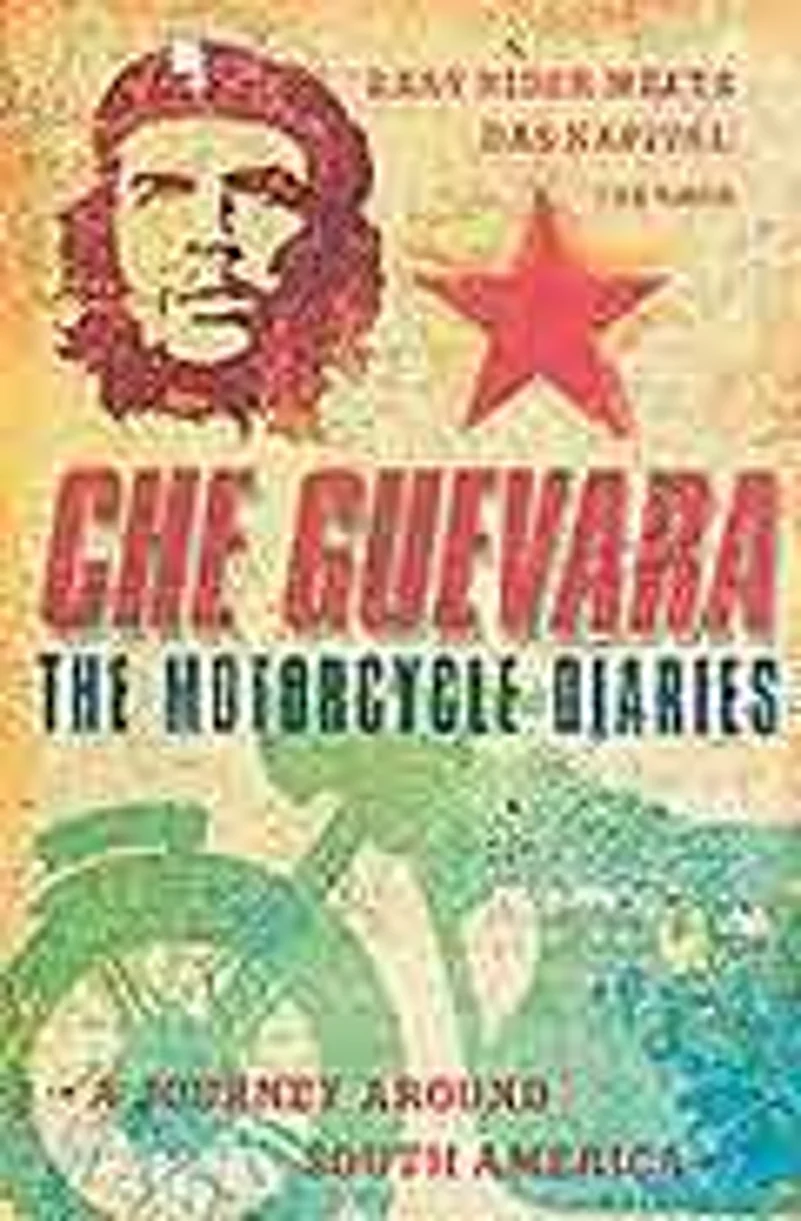
The film deals with the early life of Che as he and hisfriend Alberto Granado venture on a motorcycle trip over South America. At thestart of their journey they are like any other youngster, immature, callow andobsessed with women, love and romance. The film traces their evolution intorevolutionary politics, how they get involved in issues than with girls and howthey find a direction and meaning in life in a leper colony. The changes in thefilm’s protagonists are entirely believable, it reflects in how the softnessand beauty of Bernal’s eyes changes to a firm resolve. However, the film’stone, at times, hinges too much on the emotional and the preachy, especiallytowards the end.
Advertisement
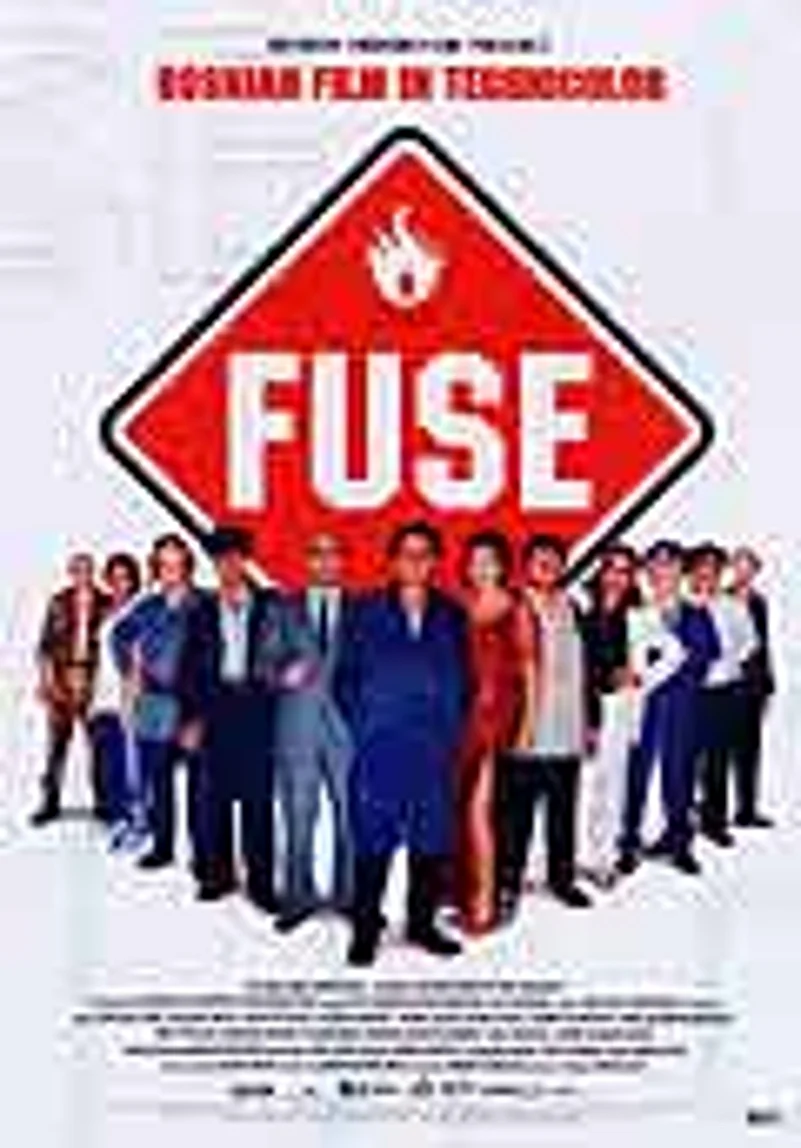
Bosnia-Herzegovina’s Fuse is interesting in how it explores contemporarypolitics with its sense of humour intact. The find of the festival, it indicatesnew stirrings in the so-called East-Block cinema which has been on a continualdownswing post Perestroika. The story of a collapsing family and a war-ravagedsociety are ingeniously enmeshed in Fuse.
The setting is a small, war-hitBosnian town infested with crime, prostitution and corruption. Yet people don’tlose their hope and laughter. Then, one fine day, the US President Bill Clintondecides to come on a visit. Will he become the "godfather" of the town who’llalso bring along happiness, prosperity and progress? As the town spruces up topresent its best face forward to Clinton and to "democracy" a bitter-sweetfilm takes shape.
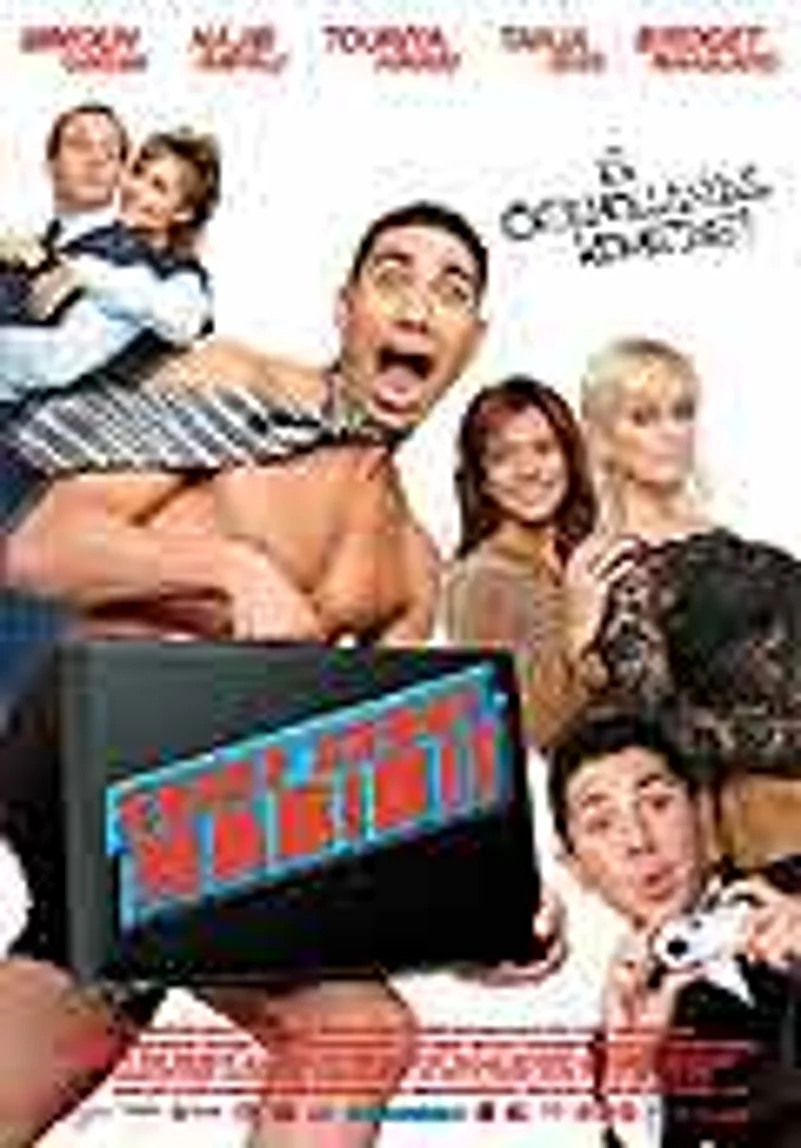
Shouf Shouf Habibi! from the Netherlands takes a comic look at the culturalconflict between the Dutch and the Moroccans. Ab is a Moroccan living in theNetherlands who finds himself caught between two different worlds even as hisfamily seems to be falling apart. His elder brother has been unfaithful inmarriage, his sister fashion designer Leila has embraced the Dutch culture andruns away from her family while younger brother blackmails Moroccan girls toearn his pocket money. Ab’s own life is full of failures-he wants to be a bankclerk but ends up being a robber, he wants to marry but ends up as a runawaygroom. The film laughs its way through all these problems but doesn’ttrivialize them.
Advertisement
Unlike Fuse, the Chinese film, Shanghai Story, reduces cultural and politicalissues to sheer melodrama. A family reunites when the matriarch getshospitalised. However the coming together is anything but happy and peaceful. Itbrings back the memories of the upheavals unleashed in the wake of the CulturalRevolution. The sentimentalism gets worse with ample support from someuniformally bad acting.Shaking eyebrows and quivering lips, now is that calledbeing expressive! It’s such filmi melodrama that makes Sandeep Sawant’sOscar entry Shwaas way too disappointing. The story of a child suffering fromeye cancer would leave many with wet eyes but is not moving enough to stay atthe back of your mind for long. Definitely not another Anand or Mili.
Advertisement

And, as usual, the clutch of films this year conclusively proved that there’sstill nothing to beat the French in sheer style. Francois Ozon’s 5X2 is aunique glimpse into the life of a couple. It gives us five scenes from theirlife together-beginning with the divorce proceedings and then going back to anuneasy dinner party, childbirth, their wedding to the moment when they met on aholiday by the sea. The reverse narrative is a great device used withconsiderable tact. Each scene from the past is like a clue which helps solve themystery of a crumbling relationship, how little problems and tensions can leadup to an imminent separation, how they have in them the beginnings of the end.
Advertisement

Claude Chabrol’s 50th film, Flower of Evil, is all about the evil andmuck that lies beneath the surface spit and polish of an upper middle classfamily in Bordeaux. Francois returns to this family after four years in the USA.His mother is busy fighting the local election even as his father reveals somenot-so-pleasant character traits. Nothing is as it seems and the elegance isjust a façade to hide a depraved soul. Despite the otherwise somber, chic toneof the film, Chabrol can’t help taking digs at America, about American women,wine and food. None of them, of course, can equal the French. Not Chabrol’sbest but he’s still better than the rest.
Advertisement
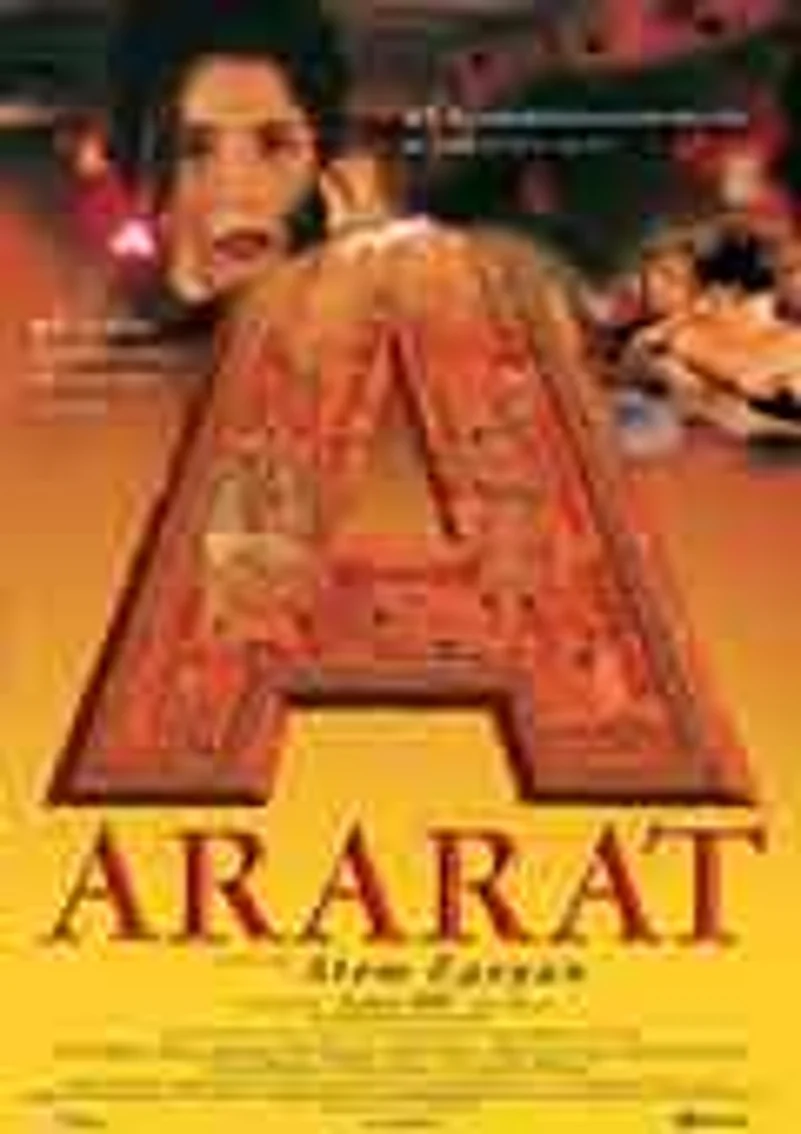
The Canadian showcase threw up two powerful films. Atom Egoyan’s Araratweaves together the tales of two individuals drawing on motifs from the world ofart and cinema. Young Raffi is returning to Canada with cans of film and digitaltapes as additional footage for a film being shot in Toronto. He is interrogatedby David, the customs officer who isn’t sure about the content of the cans.Raffi has an uneasy relationship with his mother Ani, an art historian, and hisstep-sister Celia, who blames Ani for her own father’s death. Meanwhile, Davidis unable to face up to his gay son Philip. How the estranged families findequanimity and balance forms the core of the film. As it does for Denys Arcand’sThe Barbarian Invasions, a seemingly simple tale of a family getting together asthe alienated father faces imminent death from cancer. It is death that makesthem forget and forgive and reconnect with each other as though saying thatrelationships are more important than misunderstandings.
Advertisement
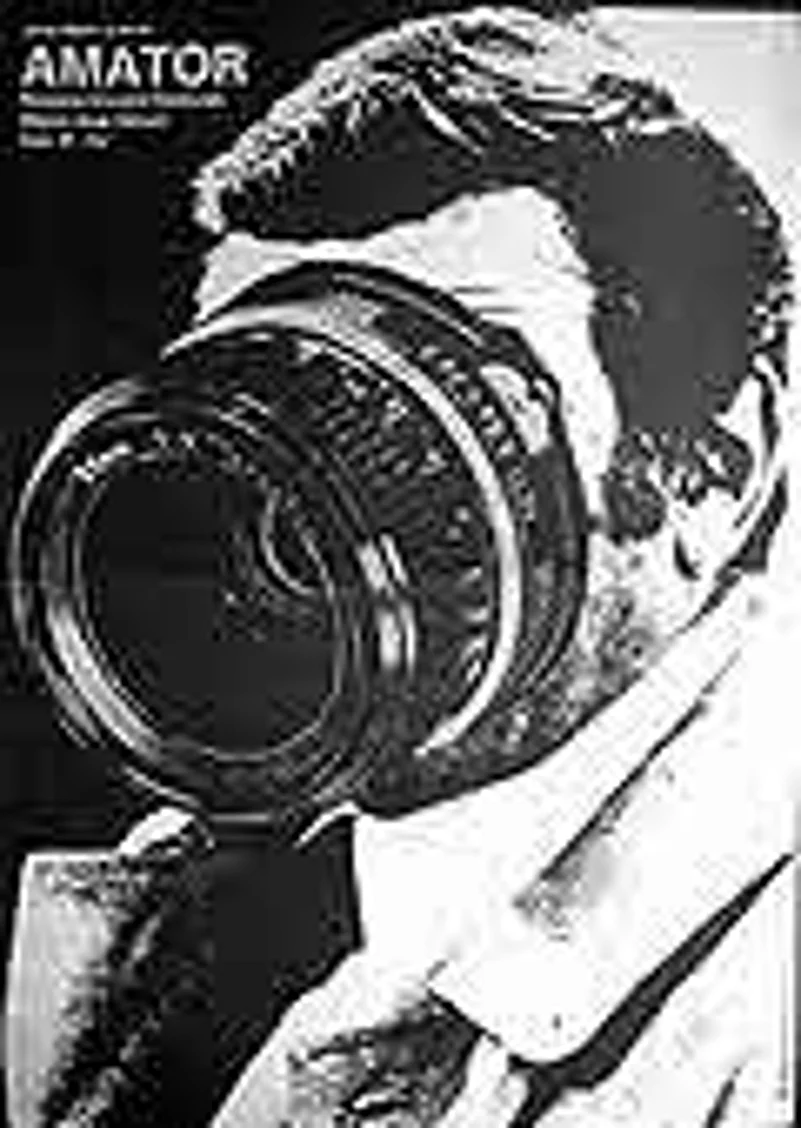
As usual a festival is also an occasion to rediscover some old favourites. Sowe had Krzystof Kieslowski’s Amator (Camera Buff), a film about the romance aswell as the pain involved in creating cinema. Part of a tribute toactor-producer Jerzy Stuhr, it had Stuhr playing the lead role of Filip. He buysan 8mm camera to record his child’s birth and the early years. Soon he getshooked and begins filming anything that he can focus his lens on. His amateurefforts attract attention, bag a few prizes but his obsession with cinema alsobreaks down his marriage and he is even forced to risk his job. So should hedestroy his own films that had given a new meaning to his life?
Advertisement
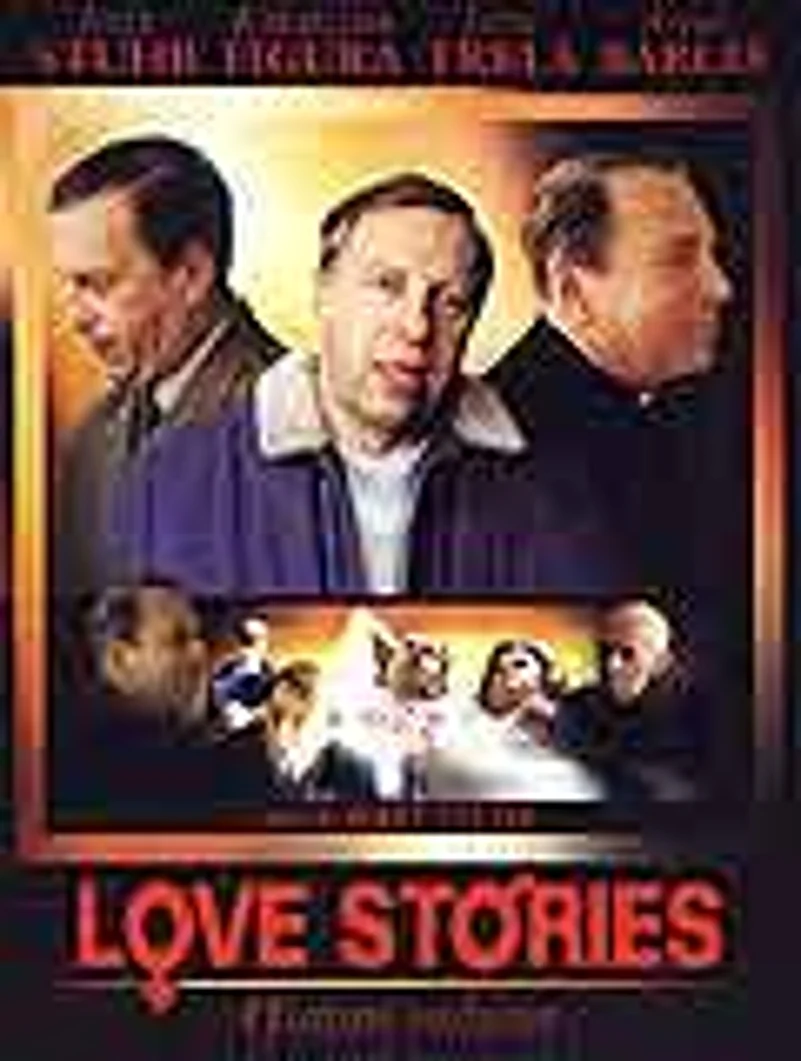
Jerzy Stuhr’s Love Stories is a tribute to Kieslowski and makes for an intricately wovennarrative, something Kieslowski used to revel in. It’s about four men enteringa building, each of them played by Stuhr himself.The college professor, armyofficer, priest and criminal have only one thing in common, the inability tohandle their love lives properly. They leave the building having lost the lovethey could have held on to. Even as another character enters the building (againplayed by Stuhr) in the hope of finding love.




















